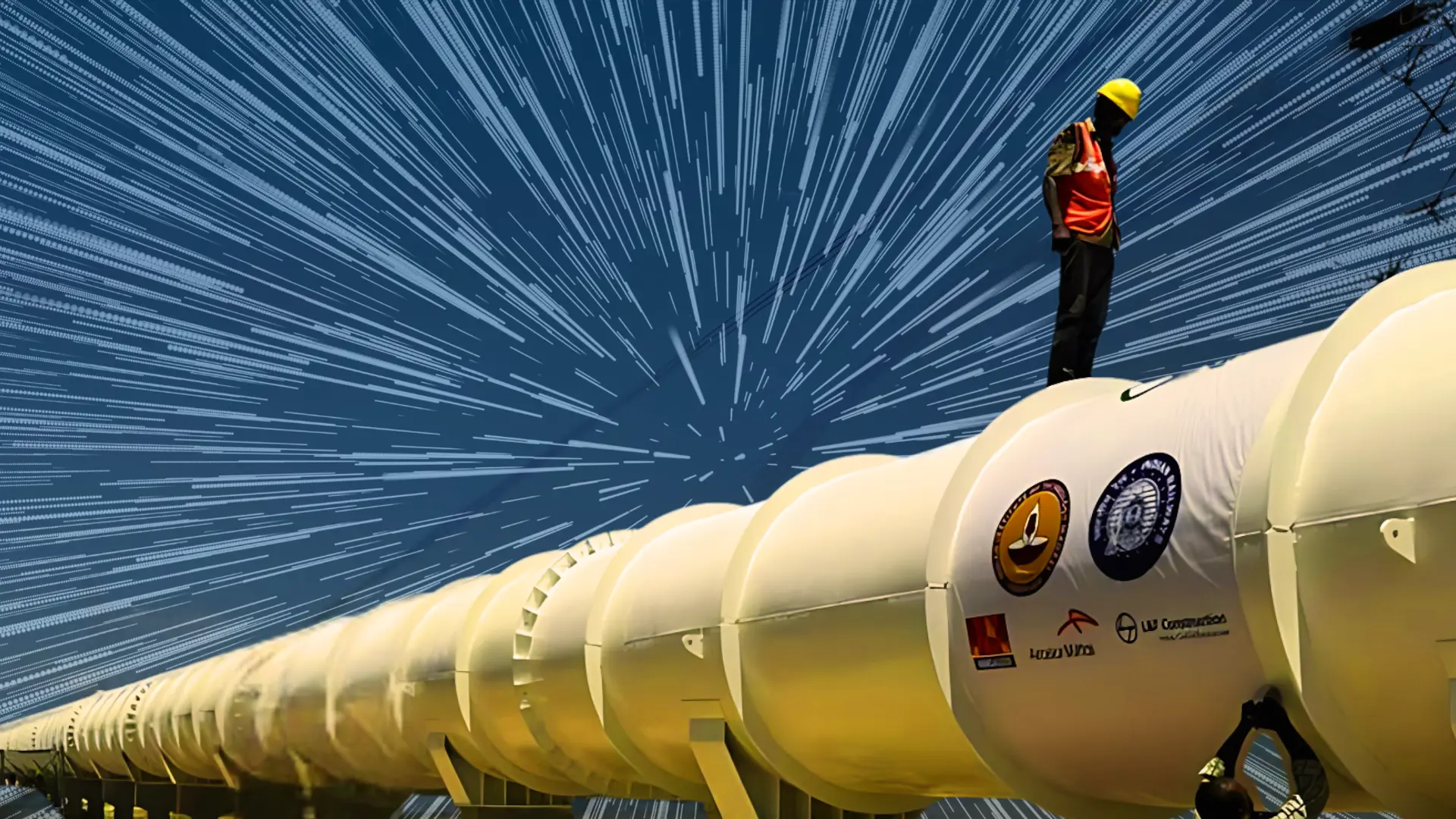Bullocks protest introduction of affordable tractor into Indian agriculture
Monday February 25, 2008 , 2 min Read
SAS Motors recently announced the introduction of the Angad 240D, a tractor that the company claims will be cheaper for farmers to operate and maintain than a pair of bullocks.
From Avashya:
According to research, a farmer in India spends Rs. 3000/- to 4000/- per month on maintaining a pair of bullocks. This is an incremental expense which must be borne during their life span which is about 5 years. Angad, built on ‘appropriate technology’ platform, is a revolutionary tractor; it is more economical to use Angad tractor than a pair of bullocks. The cost of maintenance of Angad is much lower than the cost of upkeep of a pair of bullocks. Besides its amazingly low price, Angad tractor is 25% more fuel efficient than any other tractor in the Indian market and inexpensive to maintain. Farmers can generate an additional stable income stream by owning an Angad tractor and using it to provide additional haulage (transportation) and rental services after deducting fuel costs, maintenance costs and even the monthly EMI from the revenues.
The tractor, which has the power of 22 horsepower, has other models as well.
Angad Orchard , a tractor with adjustable width and length for operating different applications in an orchard; Angad Dhan, a tractor specially designed for paddy cultivation and Angad 350 Di , a full functional high powered 35 HP tractor to take on the established players in the market.
Assuming the cost metrics espoused by SAS are true, the effect of such mechanization could be as significant to agriculture as the Tata Nano may have with regard to individual autonomy.






